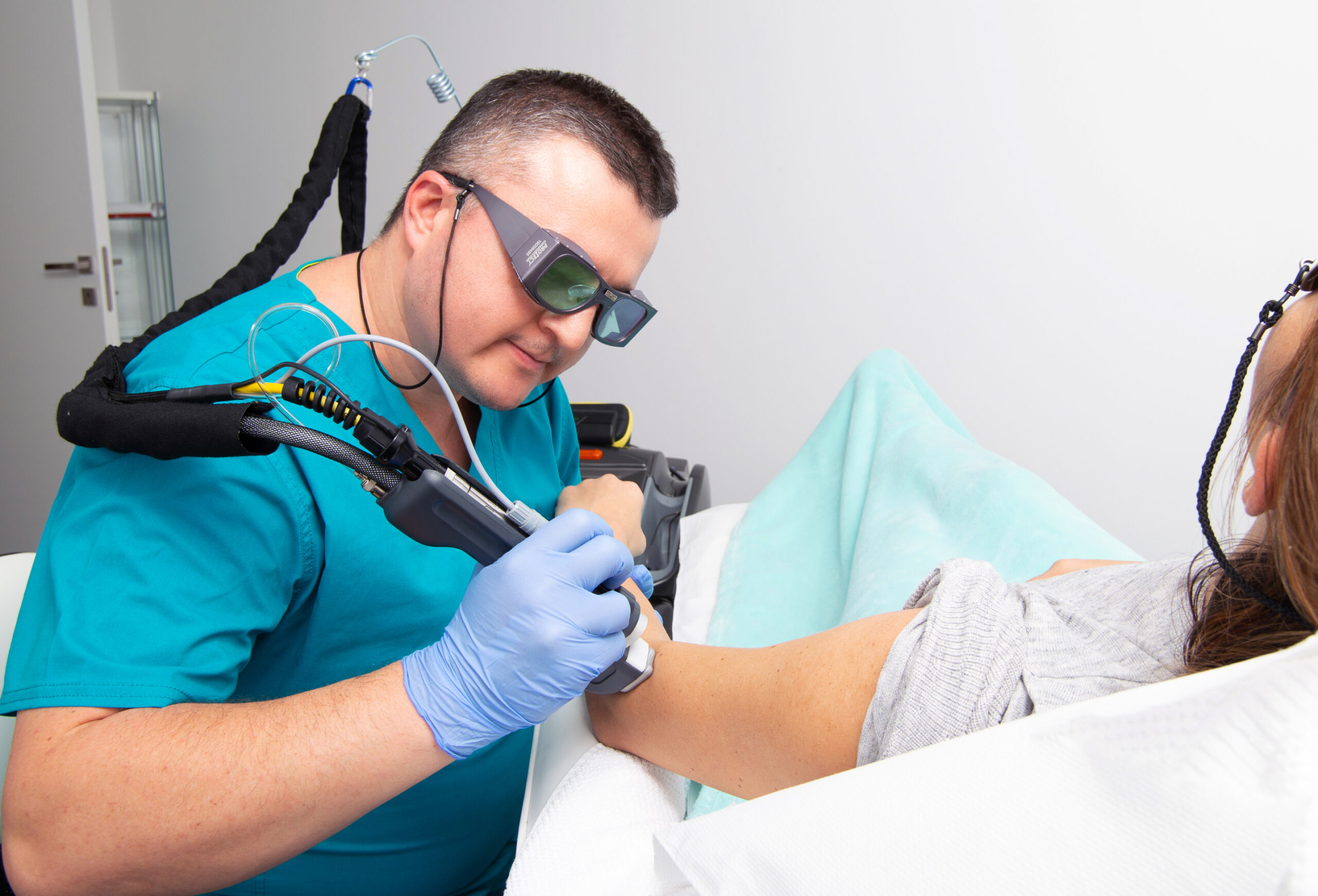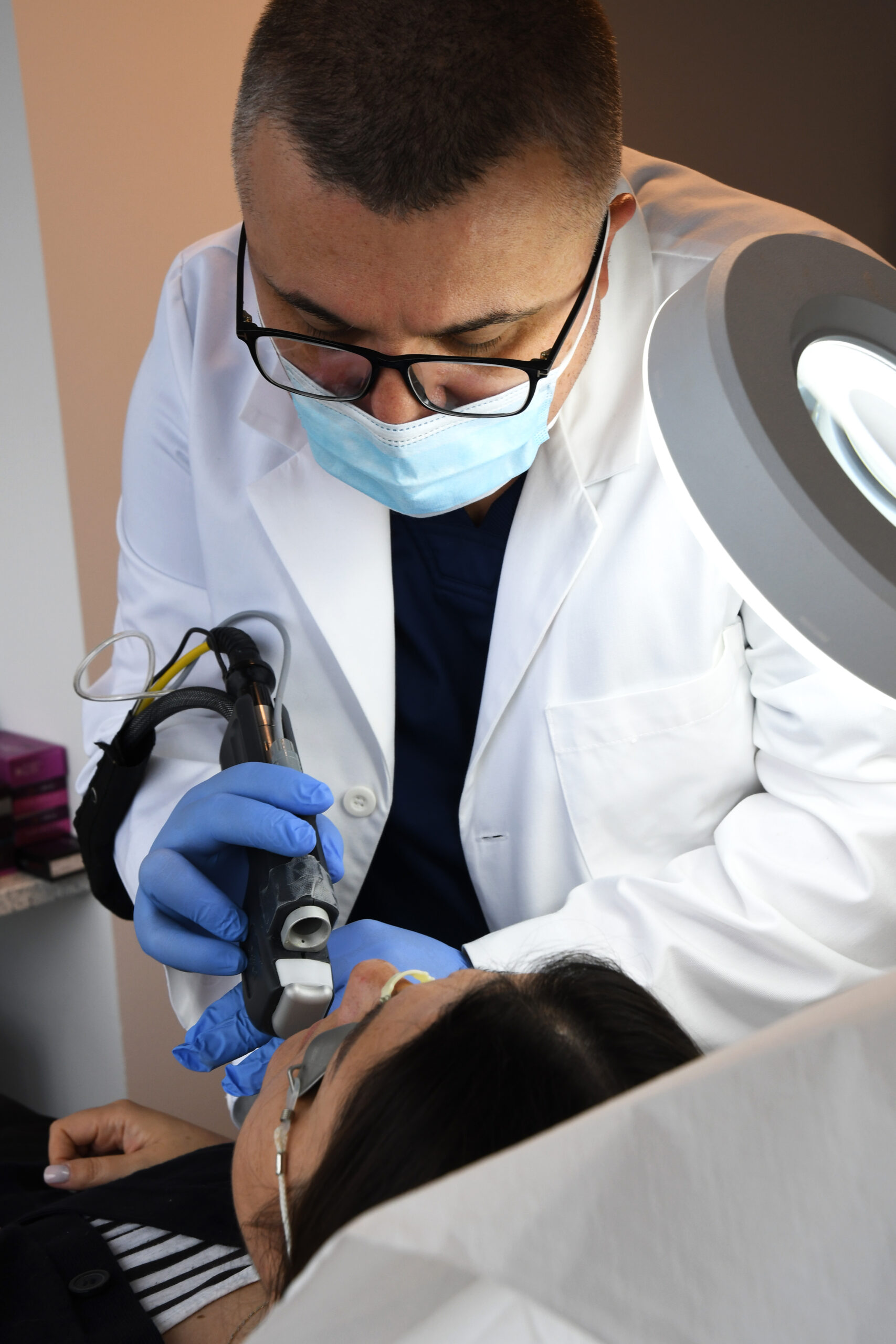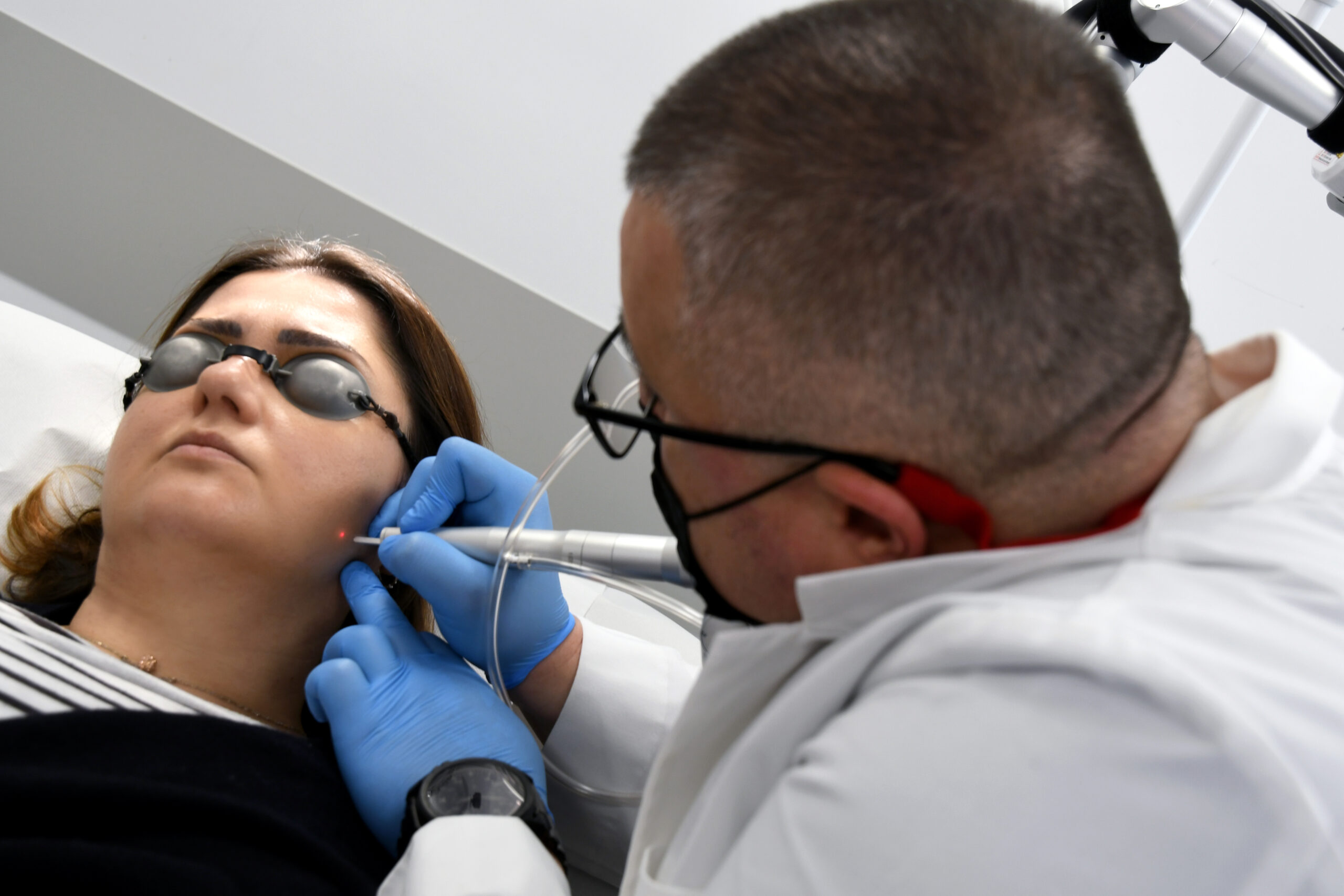Services
I have a rich case history and a wide clinical experience in the diagnosis, prevention, and management of various dermatological and venereological pathologies in both women and men.
My areas of dermatological medical interest include:
- - Dermoscopy
- - Cryotherapy
- - Dermatological laser therapy
- - Dermatological screening of skin lesions
- - Prevention of various dermatological conditions
During consultations you will receive a correct diagnosis and appropriate medical treatment for skin conditions from all 24 categories of skin diseases (e.g., psoriasis, seborrheic dermatitis, eczema, rosacea, acne vulgaris, skin atopy / atopic dermatitis, shingles, various skin viruses and bacterial skin infections and skin cancer, etc). Research training and knowledge of medical genetics give me a unique perspective on dermatological conditions from the spectrum of rare diseases and genodermatoses.
A mandatory dermatological consultation for various conditions requires a thorough conversational review, intended to elicit additional data and details (often very valuable for diagnosis) related to the reason for the consultation, as well as an objective clinical examination often facilitated by a dermatoscope or various other equipment optics for dermatological use. Occasionally, additional investigations are needed to document the clinical case. These may include laboratory tests (blood), examination under UV light (Wood's lamp) or taking a small lesional skin sample (lesional biopsy). The diagnosis and therapeutic scheme will emerge as a result of such an investigative process.
Only skin lesions that provide clinical and dermoscopic diagnostic certainty benefit from laser, radiofrequency, or electrocautery removal services. The existence of the smallest point of diagnostic equivocation will require prior lesional biopsy, followed by the dermatopathological examination of the biopsy piece. All aspects of a fair and complete treatment are exposed and discussed beforehand with the patient and carried out only after giving their informed consent.
Dermatological consultation
Wood lamp examination
Dermoscopy
Cryotherapy
Bio-revitalization therapy
Seborrheic keratoses
Molluscum pendulum
Papilloma
Condyloma
Warts
Xanthelasmas
Cutaneous hemangiomas
Molluscum contagiosum
Sebaceous adenoma
Syringoma
Epidermoid cyst
Keloid scars
Dermatofibroma
Melanocytic nevi
Basocellular carcinoma
Squamous-cell carcinoma
Actinic keratosis
Acne scars - fractional CO2 laser
Melasma of the face - cryotherapy / pharmacological depigmentation / fractional CO2 laser
Striae distensae / striae gravidarum (popularly known as "stretch marks") - fractional CO2 laser



I have a rich case history and a wide clinical experience in the diagnosis, prevention, and management of various dermatological and venereological pathologies in both women and men.
My areas of dermatological medical interest include:
- - Dermoscopy
- - Cryotherapy
- - Dermatological laser therapy
- - Dermatological screening of skin lesions
- - Prevention of various dermatological conditions
During consultations you will receive a correct diagnosis and appropriate medical treatment for skin conditions from all 24 categories of skin diseases (e.g., psoriasis, seborrheic dermatitis, eczema, rosacea, acne vulgaris, skin atopy / atopic dermatitis, shingles, various skin viruses and bacterial skin infections and skin cancer, etc). Research training and knowledge of medical genetics give me a unique perspective on dermatological conditions from the spectrum of rare diseases and genodermatoses.
A mandatory dermatological consultation for various conditions requires a thorough conversational review, intended to elicit additional data and details (often very valuable for diagnosis) related to the reason for the consultation, as well as an objective clinical examination often facilitated by a dermatoscope or various other equipment optics for dermatological use. Occasionally, additional investigations are needed to document the clinical case. These may include laboratory tests (blood), examination under UV light (Wood's lamp) or taking a small lesional skin sample (lesional biopsy). The diagnosis and therapeutic scheme will emerge as a result of such an investigative process.
Only skin lesions that provide clinical and dermoscopic diagnostic certainty benefit from laser, radiofrequency, or electrocautery removal services. The existence of the smallest point of diagnostic equivocation will require prior lesional biopsy, followed by the dermatopathological examination of the biopsy piece. All aspects of a fair and complete treatment are exposed and discussed beforehand with the patient and carried out only after giving their informed consent.
Dermatological consultation
Wood lamp examination
Dermoscopy
Cryotherapy
Bio-revitalization therapy
Seborrheic keratoses
Molluscum pendulum
Papilloma
Condyloma
Warts
Xanthelasmas
Cutaneous hemangiomas
Molluscum contagiosum
Sebaceous adenoma
Syringoma
Epidermoid cyst
Keloid scars
Dermatofibroma
Melanocytic nevi
Basocellular carcinoma
Squamous-cell carcinoma
Actinic keratosis
Acne scars - fractional CO2 laser
Melasma of the face - cryotherapy / pharmacological depigmentation / fractional CO2 laser
Striae distensae / striae gravidarum (popularly known as "stretch marks") - fractional CO2 laser



Values
Integrity
Dr. Manole has a rich case history and extensive clinical experience in the diagnosis, prevention, and management of various dermatological and venereological pathologies in both women and men.
Compassion
Each patient is perceived and treated with sensitivity and empathy, both combined with the desire to help and promote the patient's well-being, to find a solution to patient’s situation.
Innovation
Dr. Manole embraces change, encourages innovation, and remains continuously informed about advances in the field of dermatological health for the benefit of his patients.
